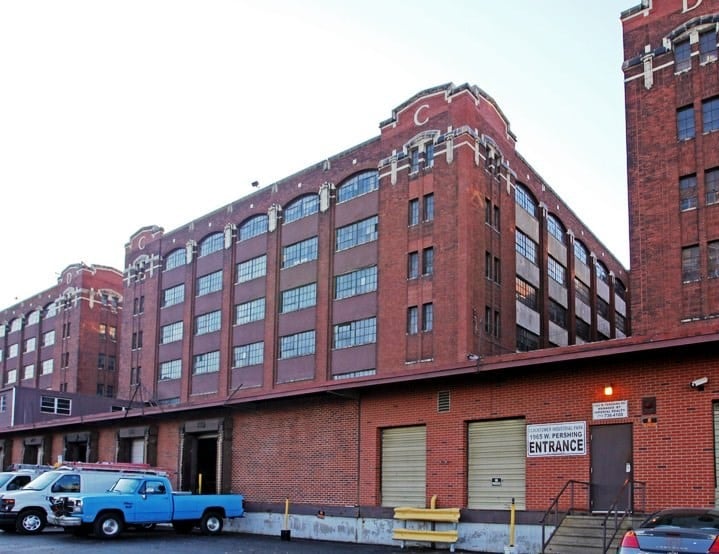Chicagoland Industrial Market Update May 5, 2025
🌿 Vertical Farming at 125 South Wacker Drive
Farm Zero, an urban agriculture startup, has signed a five-year lease for 9,023 square feet at 125 South Wacker Drive a 31-story office tower directly across from Willis Tower. This marks the company’s first long-term lease in a series of planned downtown ventures to convert underutilized office spaces into indoor farms.
The initiative reflects a growing trend of repurposing vacant or underused office spaces in Chicago’s Loop district, which has faced challenges in occupancy rates. Companies like Farm Zero are addressing urban food production by transforming traditional office environments into vertical farms and attempting to revitalize downtown real estate.
Notable Industrial Properties for Sale in Chicago
1. 1965 W Pershing Rd, Back of the Yards
Size: 1,305,769 square feet
Year Built: 1919
Listing Price: $25 million
Agent: Theron May, Imperial Realty
Details: Known as the Clock Tower Industrial Center, this property comprises six interconnected buildings, previously serving as the Spiegel distribution center. It offers extensive storage and light manufacturing spaces, with features like heavy-load elevators and parking for 700 vehicles.

2. 2701 N Kildare Ave, Belmont Gardens
Size: 203,518 square feet
Year Built: 1950
Listing Price: Available upon request
Agent: Steve Stone, Cushman & Wakefield
Details: This three-story industrial facility, known as the Wells Gardner Building, has undergone recent renovations and offers secured parking.

Size: 29,500 square feet
Year Built: 1908
Listing Price: $2.35 million
Agent: Frank Melchert, Cawley Commercial Real Estate
Details: This three-story heavy timber loft building is located in a Federal Opportunity Zone, close to major transportation hubs and the McCormick Place Convention Center.

Credit Costar
Insights into Chicago’s Industrial Market: An Inversion in Motion
Chicago’s industrial real estate landscape is undergoing a fascinating inversion. Industrial space uses are increasingly entering the downtown office market, while traditional industrial products, much of it aging and underutilized, sit idle on the city’s fringes. Few would have predicted this dynamic a decade ago, which signals how flexible and fractured the market has become.
Meanwhile, on the city’s South and West Sides, large industrial facilities, like the 1.3 million square feet at 1965 W Pershing Rd or the 203,000+ square feet at 2701 N Kildare Ave remain on the market. These buildings, often decades old and in need of significant capital investment, sit ready for redevelopment.
What This Means for Chicago’s Market:
Urban Infill Goes Vertical: As land tightens and zoning laws evolve, office buildings, especially those with underutilized mechanical systems, are becoming candidates for controlled-environment agriculture and other light industrial uses.
Legacy Industrial is Ripe for Rebirth: Many of Chicago’s older industrial facilities offer the kind of scale and location today’s users crave, but only if reimagined. Adaptive reuse could include conversion to life sciences or even mixed-use.
Cap Rate Compression vs Vacancy Risk: While institutional capital chases new industrial product in submarkets like Elk Grove Village and I-55, there’s an opportunity for entrepreneurial investors to reposition vintage assets within city limits, potentially at a discount.
The Tale of Two Markets: Downtown buildings are finding new industrial life at the micro scale, while massive urban footprints sit dormant at the macro scale. This juxtaposition reflects broader trends in real estate: where utility, not asset class, is increasingly driving value.
Chicago’s adaptability is on full display. As zoning laws loosen and tenant needs evolve, expect more of these cross-category deals, office towers becoming industrial hubs, and old warehouses transforming into new urban ecosystems.
Interested in exploring industrial strategies in this shifting market? Reach out to our team of Chicago commercial real estate agents. We’ll help you find, structure, and close the right deal, whether planting microgreens in a tower or repositioning a 100-year-old brick behemoth.


